
Posted: Thu Dec 05 2013
One thing's for sure: this is a 'food trend' that'll incite reactions. In May 2013, the UN's Food and Agriculture Organization came out with the recommendation that we should all eat more insects. According to the FAO, eating bugs is not only healthy (they're actually very nutritious - rich in fibre and minerals) and environmentally friendly; it's also an effective means for combatting global hunger. Japan has a long tradition of entomophagy (the big word for insect-eating), as little cuties like grasshoppers and silkworms have long been consumed as food in inland areas of the country. As bug-munching emerges as the next potential culinary craze (we remain doubtful, though), the Tokyo restaurant scene is slowly adjusting to the change. Brace yourself and read on for a list of five eateries that let you sample wonders ranging from tiny larvae to beefy grasshoppers. Admit it, you're already thinking about the potential for drinking games.
Shock factor: ★☆☆☆☆
Yamate Ramen Hongo Anan 'Midori ramen'
Yamate Ramen is known for its unique menu. In pursuit of originality and new flavours, the shop offers creations like chilli pepper ramen, tomato ramen and noodles dipped in rich miso paste. The most eye-popping dish, however, is the 'Midori Ramen' (¥700), served in a broth made from powdered euglena protists. These tiny single-celled organisms retain the characteristics of both plants and animals, so they're not exactly insects in the traditional sense of the word. Be that as it may, they're highly nutritious and are starting to be valued as nutritional supplements. The Midori Ramen soup takes on a green cast - although not from the euglena, but from basil oil. The aromatic basil goes nicely with the salt-based broth - think less ramen, more pasta. Each spoonful contains several hundred million minuscule euglenas, so make sure you get every last drop.
Restaurant details
Shock factor: ★★☆☆☆
Absente 'Inagono peperoncino'
Absente is the brainchild of Pastodio, a shop offering fresh, homemade pasta. Their 'Grasshopper Peperoncino' (¥1,200) serves up pasta with grasshoppers, an ancient Japanese foodstuff, arranged artistically just for you. Rich in vitamins and calcium, grasshoppers have traditionally been valued in parts of Japan for their high nutritional content. The crunchy texture plays off of the chewy pasta to deliver an experience that's bound to satisfy even the most demanding insect gourmands.
Restaurant details
Shock factor: ★★★☆☆
Inakamura 'Takka tento'
Inakamura is a Thai karaoke joint that offers highly authentic food and a true local experience. Their 'Takka Tento' dish consists of… deep-fried grasshoppers. Thai grasshoppers are about 10 centimetres in diameter, making them twice as large as their Japanese cousins. Seeing these massive creatures appear piled high on a plate is, well, a bit shocking, but the taste will blow you away: the beefy bugs taste just like shrimp crackers - crunchy, sweet and aromatic. In fact, these are probably the best bet if you're an insect-eating newbie. Thai grasshoppers are rich in protein and minerals, and they contain very little cholesterol, so you won't hear any complaints from your doctor either. Note that with so many extremities on these bad boys, it's rather common for their legs to come tumbling out your mouth as you eat - so think twice about ordering them on a first date.
Restaurant details
Shock factor: ★★★★☆
Nong Inlay 'Takemushi'
Takadanobaba's Nong Inlay offers traditional food from Shan State, a province in Northeast Burma. Their 'Takemushi plate' (¥900) consists of young larvae found in bamboo trees, deep-fried to perfection. These little guys are about five centimetres in diameter; the very salty taste unfolds to reveal a subtle sweetness as they melt on your tongue. The taste's almost akin to coconut and the texture is truly something else. Since they come in bite-sized pieces, feel free to enjoy them as a snack - and the flavour will have you coming back for seconds. On our visit, even the skeptics soon found themselves reaching for more. Larvae are rich in protein and minerals, making them a great choice for hot summer days.
Restaurant details
Shock factor: ★★★★★
Sonpon 'Yamukai modden'
Sonpon, a small pub with just five seats, is run by a fellow from Northeast Thailand. Everything he serves up is truly authentic and delicious in its own right, even the ants (yep). 'Yamukai Modden' (¥1,000) is a spicy and sour salad, piled high with red ant eggs. The eggs look like boiled soybeans, but you'll find the partially incubated ants inside - you might even be able to make out their heads. The eggs burst open in your mouth, revealing a moist texture not unlike salmon roe. The seasoning's on the heavy side, so we can't say for sure what the ants tasted like, except for the fact that they were sour. They say ants are rich in (you guessed it!) minerals and protein, which explains why they're eaten as nutritional supplements in China, Thailand and other Southeast Asian countries. We enjoyed ours over beers, but to tell you the truth, we weren't exactly looking forward to going back for seconds.
Restaurant details
Tweets
- About Us |
- Work for Time Out |
- Send us info |
- Advertising |
- Mobile edition |
- Terms & Conditions |
- Privacy policy |
- Contact Us
Copyright © 2014 Time Out Tokyo













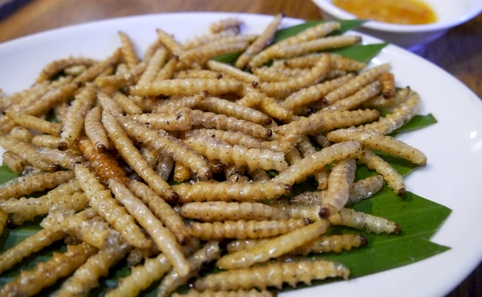
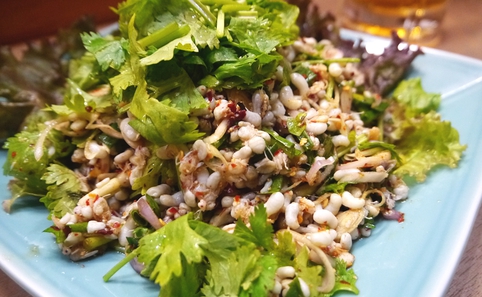
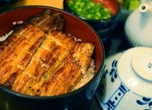

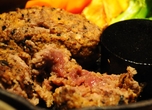

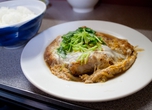

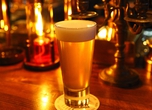
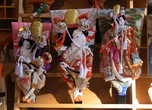
Add your comment